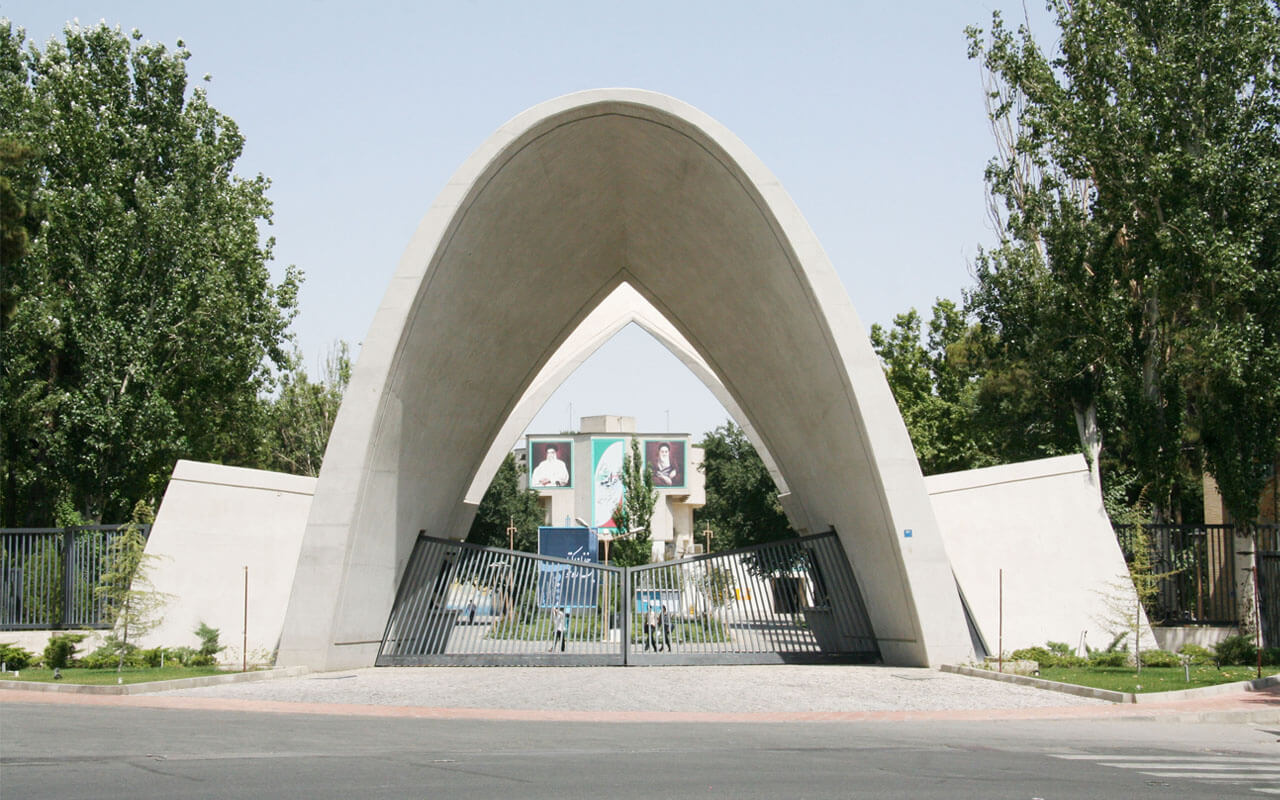A locally-engineered car platform, the NP01, was unveiled on December 11 at the Automotive Engineering Research Center at Iran University of Science and Technology.
Present at the unveiling ceremony was Mohammad Hassan Shojaeefard head of research along with professors and students who collaborated in the project. Media outlets were also present.
Designing of the NP01 national car platform began in 2012, Mehr News Agency reported. According to the head of the research center, the ergonomics and security of the metal body are on par with international standards.
Shojaeefard noted that with the industrialization of the auto platform, "the domestic car industry will become self-reliant and gradually be spared the need for assembling cars."
A car platform is the central part of a car, or a skeletal frame, which can be equipped with different bodies and interiors and is used to develop several different models in various classes.
The designs for both the interior and the exterior have been completed, he said, adding that the platform, theoretically, can be used to produce 25 different models.
Shojaeefard also set out the initial goal for the project, which is to develop the nation's automotive infrastructure.
"The main issue is to reduce production and engineering costs. Our ultimate aim is to produce a car that would cost no more than $12,000, thus reducing the costs for both automakers and customers."
"The quality of cars made from this platform will be such that they can be exported to Europe," he said.
The NP01 model on show is not intended for industrial production. It demonstrates the ability and potential of local engineers, according to the academic.
In collaboration with major Iranian carmakers the vehicle can be developed for mass production, Shojaeefard said. He did not say whether or not the two main carmakers/assemblers SAIPA or Iran Khodro Company had approached him or the university.
As part of a national plan to forge interaction between the huge auto industry and the prestigious engineering universities, Amirkabir University of Technology and Khajeh Nasir Toosi University of Technology have also been tasked with similar projects.
The declared aim is to improve and update knowledge in automotive platform designing and acquire modern technology that can ultimately be exported. Experts say advancement of such projects can and will help reduce costs, train specialized workforce, improve skills and talents and place Iran on the highly-competitive global auto industry map.
Iran's automotive stakeholders have often pushed for national car platforms during the past 30 years, with the original domestic car, the Paykan, initially brought to Iran by Peugeot after them having bought-out Rootes Group from Britain being the first such vehicle.
Since the 1980s, the Peugeot 405 has been the base of several cars including the Peugeot Pars (an upgraded version of the 405), Samand, 2014 Dena and even the 2015 Arisun pickup.
The strange over-reliance on the Peugeot 405 platform after 30 years has exposed IKCO to much ridicule from car buyers. Others complain, and rightly so, that the giant national car producer is simply not interested in the safety of passengers because it is selling vehicles that would be banned in its native France due to stringent safety and crash-protection regulations.
SAIPA has also been strongly criticized for years for failing to stop production of its Japanese-derived Kia Pride model, which was originally intended for urban commuting in Tokyo and Nagasaki.
Since its launch in the early 1990s, the Pride has had several modifications and variations produced off the same chassis, including the short-lived Safari station wagon model, Prides and even as of 2015 another pickup variant.


